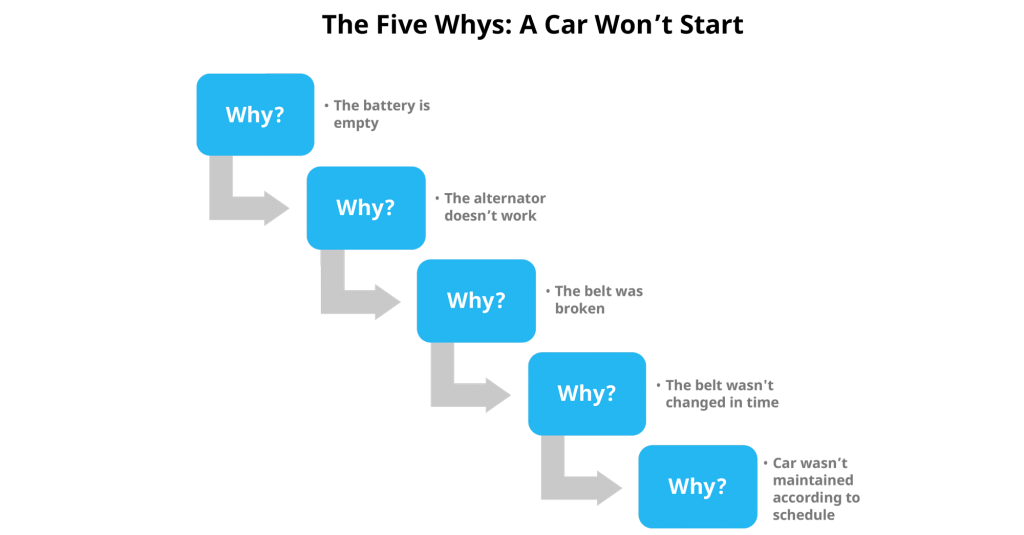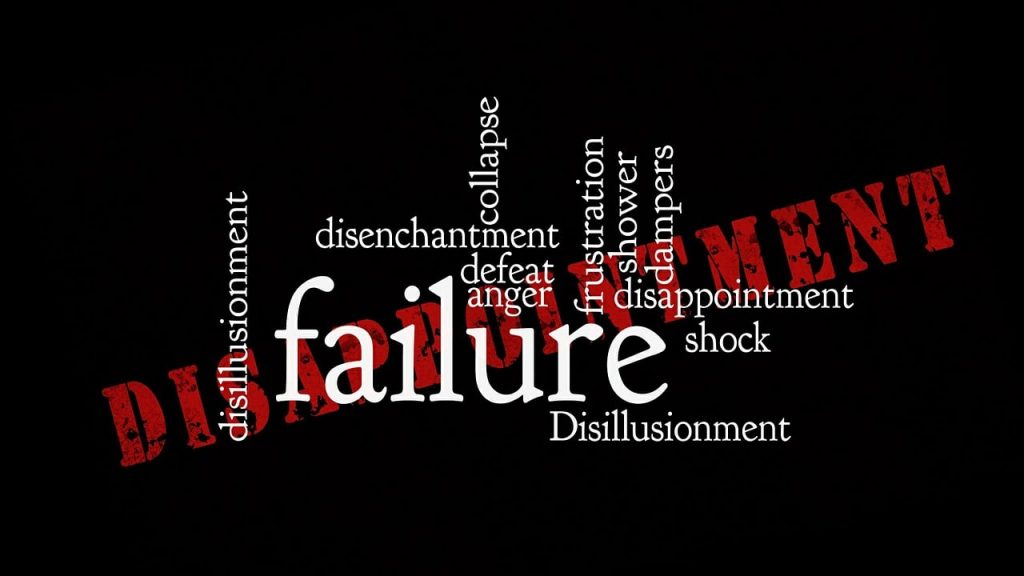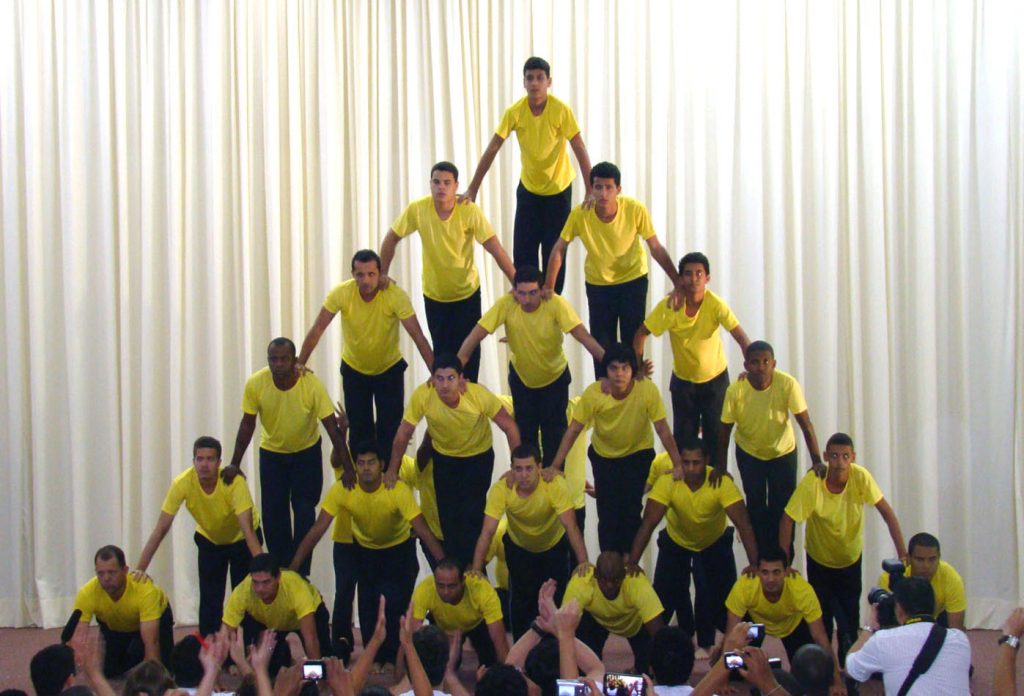
GUEST POST from Diana Porumboiu
Leaders are bombarded from all directions with advice on how to behave as leaders. It seems like we all know what it takes to lead innovation, at least in theory, yet the attention is mostly focused on famous innovators who oftentimes are the exceptions, rather than the rule.
What’s more, we tend to forget that the greatest, most famous innovators, with all their qualities and contributions to the world, are not necessarily the best of leaders. Great leaders who rarely make the headlines, if they ever do, are usually less controversial.
However, their lack of fame doesn’t diminish their innovativeness. That’s why this article wants to provide some insights into what it takes to lead innovation with the practices, methods, behaviors, and mindsets of successful innovation leaders.
As our previous article focused on nurturing innovative behaviors in employees, this time we’re down to some practical aspects of leading innovation at an organizational level.
Innovative leadership and commitment
A McKinsey research sheds some light on what successful innovators get right, and how their organizations become high performing by committing to a set of essential practices.
In short, their survey revealed that the bar is rising among innovators, and during the past five years they have become more successful at innovation as they committed to a larger array of operating models. In 2016 high performing innovators focused mostly on vision and strategy. But In 2021 they pulled further away from competitors by extending their focus to new business models and to scaling their innovations faster and more effectively.
These are all interesting insights into how innovation practices support the growth of organizations. But what are they telling us about specific abilities and behaviors required to lead innovation? To better understand this, let’s look into some of the research conducted by Linda A. Hill, top expert on leadership, change and innovation, who paints a clearer picture of the specific qualities.
In times filled with ambiguity and uncertainty, it’s becoming more difficult to make decisions and guide others on the right path. Adaptability might come natural to some people, but others need to cultivate it through practice, exposure to different circumstances and activities. Developing adaptive behavior helps in taking bolder decisions, an essential aspect for innovation.
We’ve seen in other cases how innovators with strong convictions on their vision or new ideas are not very open to new data. This is tough to balance: maintaining your confidence and showing the way for the team, while remaining adaptable.
Practical tip: Instead of building a detailed project plan for an innovation project, try building a plan based around clear goals and time framed milestones, but leave room for the team to figure out the path to get to them.
This is closely linked to the previous point because to become comfortable with ambiguity you also have to adapt and operate in a somehow hazy and confusing reality. This is very important especially in the early beginnings of innovation, when the fuzzy front-end stage of the innovation process creates a lot of ambiguity.
But as you might know, innovation means to dive in the unknown from time to time. As a leader you need to navigate the tough road of visualizing the goals for the team while admitting that you might not always know the way. At the same time, you want to get the team on the same journey and help them feel comfortable with that ambiguity.
Practical tip: Managing innovation is one way of becoming more comfortable with ambiguity. We created a free, in-depth guide on how to manage innovation which you might find useful. This is a comprehensive toolkit that can help you plan your strategy, build your processes, and drive more innovation in the oganization. You can find it here.
Curiosity pushes innovators to new discoveries. It’s also what fuels learning and change. As a leader you need to be able to learn and prepare for the future. Sure, curiosity, even more than adaptability can’t be easily measured or taught. But curious leaders should always ask questions, and not just any questions.
The best innovators understand things deeply and address root problems, not just surface level symptoms.
Practical tip: Whether you are naturally curious or trying to boost curiosity in the team, the five whys is an effective technique for getting to the root of underlying problems. The idea behind this technique is to ask “why” five times in a row, whether you think you previously received a good answer or not.

Creativity plays an important role in innovation, whether it fosters novel ideas or ingenious solutions. However, being creative is not enough to make innovation happen. Many leaders consider creativity an important skill for leading innovation. This begs the question: should leaders be the most creative ones, or should they work to enable creativity in others?
The answer lies somewhere in the middle, as creative leadership is essential in bringing clarity and purpose to the team. A creative leader can change perceptions and show the way. However, the strength of leaders who lead for innovation lies in managing for creativity. So as a leader you don’t have to be the source of all genius ideas but engage people at the right time to do the creative work.
To sum this up, there is a role for leaders in creative work, but not in the traditional sense of generating ideas and asking others to implement them.
Practical tip: If you want to spur creativity in your team try setting constraints and challenge the team to come up with solutions despite perceived challenges. Inevitably, the environment in which you operate will come with some constraints, whether those are operational, financial, legal or of a different nature.
Don’t look at constraints as negative things. Research shows that innovators usually succeed because of constraints, not despite of them. Brian Chesky, Airbnb co-founder & CEO believes “constraints create creativity” and without some of those he probably wouldn’t have done half the creative decisions that would lay the foundations for Airbnb’s remarkable success.
Practical steps to lead innovation
If leading innovation were that simple, we’d have more leaders and organizations excelling at it. However, as difficult as it might sound it’s not impossible and luckily, we have plenty of examples to learn from.
A survey conducted by Forbes among 100 innovation leaders revealed that their success lies in actively trying to build and shape their organization for the future. This means that they actively challenge the status quo, experiment, ask questions, are keen observers and engage in conversations with people who are very different from them.
This discovery work of observing, learning, and experimenting leads to better decision making on less risky ideas with higher impact.
Start with the big picture…
The best innovation leaders aren’t just visionaries, who set big goals that show the way to the future. They also enable people to work through the challenges by removing barriers and empowering them to hop on the same boat towards that future.
- Start with the strategy because any innovation program should be anchored to an organization-wide strategy. Just with the vision and without a tangible business case you don’t really have innovation.
- Come up with a plan that stirs everyone in the same direction.
Many innovators, especially those who disrupt their industry, are not the best executors and sometimes they don’t have to be, if they have the right people on the job. To this end, collaboration and co-creation are essential, just as it is the empowerment of those who are knowledgeable to make important decisions to get to those goals.
A high-level plan which serves as a good example of how innovators set clear, ambitious goals is Elon Musk’s series of Master Plans, from 2006, 2016 and the 2022 one, to be released soon. These plans played an important role in Tesla’s success, giving a clear direction for the future illustrating how they are actually going to move towards fulfilling their mission of accelerating world’s transition to sustainable energy.

Of course, there’s more to a plan than an ambitious statement, but people need to be inspired, to feel that through their work they can change the world around them. That being said, an ambitious plan still needs to be flexible to some degree to allow for different ways of achieving it.
The cleverness of these master plans lies in their simplicity which makes them easy to understand and remember. They capture the big picture but still leave room for the team to find the best way of accomplishing them.
…then zoom in on the details
- To achieve those ambitious goals, leaders need innovative teams, and to nurture internal talent.
With internal scouting systems organizations can develop the skills of existing teams. As is the case with innovation, if you can’t buy something, you have to build it yourself.
It’s beyond the scope of this article to talk about the winning strategies in the war for talent, but there should be a stronger focus on nurturing existing talent and creating the capabilities to innovate through talent development programs, learning opportunities, and a positive employee experience.
Innovation can come from various areas of the organization, and it all comes down to how employees are led to innovate. Former Volkswagen CMO, Luca de Meo managed to unify VW’s branding by discovering and nurturing the mutual sense of purpose of the employees.
He achieved this by involving employees in the creation of a centralized brand. For example, one brainstorming workshop was organized as a design lab to prototype, test, analyze and openly discuss ideas with employees from different departments and areas of expertise.
Engaging employees in innovation work can unlock the wealth of knowledge in an organization. Empowering them to innovate it’s even more powerful, as employees become innovators themselves. As Linda Hill also observes, people’s talents are not used to their fullest, but when it eventually happens, the results show up as well. In Volkswagen’s case, de Meo’s approach was fruitful, the brand moving up the global ranks from 55th to 39th.
…and take one step at a time towards that goal
The last piece to the puzzle, and maybe the most important is to take things one at a time while keeping your options open. There’s a lot of emphasis on the bigger picture, planning and strategy, but these won’t eliminate ambiguity.
So, the best way forward is to keep that vision in mind and help the organization move towards it. You don’t need to know each step in your path in advance, as long as you keep up a good pace and keep moving in the right direction, one step at a time.
Like with all innovative work, you’ll encounter challenges and things won’t ever go as planned, so be prepared to alter the initial plan. That’s why it’s not advised to put all your eggs in one basket. As John Carter explains, you need two interlinked systems that can help you select and grow the best products or ideas.
- An annual, systematic portfolio planning process, tied to budgeting, and
- An ongoing, agile, portfolio management process
Another thing to consider is the modular approach, which helps speed up learning. As Rita McGrath explains in this recent article, making your offerings modular you can begin to generate benefits early in the projects’ life. Put together, these two approaches are very helpful in building capabilities that provide economies of scale while still remaining flexible.
Leading innovation by example
In the following section we didn’t go for single success stories of leaders because systematic innovation doesn’t come down to one person. Instead, we’ll show at a higher level how leadership models enabled everyone in the organization to turn innovation into an everyday habit.
Netflix
Even though Netflix might go through a rough patch, we can’t deny its leading position as an innovator in the entertainment industry. From a DVD sales and rental company to a global streaming service, the current organizational structure at Netflix provides plenty of freedom and responsibility to its employees.
Netflix is divided in three main divisions and is maintaining the principles of total quality management: the functional team (CEO, legal, content communication etc.), geographical teams (in charge of local and international streaming) and the product teams who ensures the effectiveness of operations. This unitary form, the corporate headquarters direct strategies implemented in geographical divisions.

- The first division, the functional one, is led by Reed Hastings, CEO and Ted Sarandos, Co-CEO. They meet regularly with the R-staff, the group made of Netflix veterans and the general counsel.
- The next in line is the E-staff group, made of executives who oversee different teams within the company. They each have a different area of focus, like platform engineering, regional marketing and content.
- There is also a group of directors, below the vice presidents, who meet to review the current state of the company.
The flat organizational structure at Netflix encourages a culture of independent decision making, openness, high effectiveness, and flexibility. This approach to leadership is based on their business need of staying ahead of the curve by making decisions fast.
Apple
Apple is to this day one of the most innovative companies, and much of its success is attributed to Steve Jobs. However, in this case we won’t focus on his leadership skills, which are rather controversial, but on his legacy and how the company’s structure has evolved over the years.
What makes Apple unique is that it’s organized around expertise, rather than the traditional business units.
This requires open mindedness from senior leaders, to inspire, and influence colleagues to contribute towards the goals. Ultimately, decisions are made in a coordinated manner by the most qualified people. There are no general managers at Apple. Instead, there are expert leaders who need to have 3 main characteristics.
It’s easier to train an expert to be a manager than to train a manager to be an expert. So, at Apple experts lead experts. They have over 600 experts working on camera hardware technology, and they are led by Graham Townsend (a camera expert himself).
- Deep immersion in the details.
In Apple’s case leaders should know the details of their organization 3 levels down and be able to push, probe and smell an issue and know which issue is important and where to focus attention. For example, they are very particular with the shape of the corners of their devices. Apple leaders insist on continuous curves, a small difference but executing it demands that they commit to precise manufacturing.
This relentless pursuit of perfection is what differentiates some companies. Even though overdoing it can lead to micromanagement and make feel employees like they are not trusted, you need to strike a balance between the two.
- Willingness to collaboratively debate.
Having so many teams of experts requires a lot of back and forth and debate. An overly polite culture can hinder creativity, as people might not speak up because they don’t want to upset someone. So, creative abrasion is very important in collaborative work.
To develop the dual lens camera portrait mode, Apple had 40 teams of specialists working together and they disagreed, pushed back, promoted or rejected ideas and build on top of each other’s ideas.
At the same time, leaders should be able to make decisions even when there’s no data available. For this, they first have to listen to everyone. It might be that there is no agreement or reliable information that can help in the decision making, but that’s where good leaders excel and what Jobs did at Apple as well. He used his own judgment to make decisions, even though not everyone was happy about those. Otherwise, debates could go on forever, become bottlenecks or compromises that lead to substandard results.

However, there are also challenges that come with Apple’s managerial structure, which is not very common in other companies. When organizations grow, their leadership also needs to adapt and scale accordingly.
For example, while the number of employees grew eight times, the number of VPs reporting to executives only doubled. To handle all the new responsibilities, they could no longer be immersed in the details. So, they decided to focus on a few core activities that bring most value and those that require less attention are pushed down to people who are trained to handle them. That being said, leadership models need to be flexible in any innovative, growing organization.
Conclusion
With the right leadership, processes and structures in place, innovation can thrive in your organization. As leaders is important to set ambitious goals which can inspire and show the way for your team.
Innovation can seem like an insurmountable task. Even though the details matter and aspiring to excellence is important, you always have to keep focused on the end goal and take one step at a time towards that. At the same time, keep an open mind, stay curious and inspire others to follow suit.
In the end, leading innovation also means building the capabilities, processes and environment that foster innovation and encourage others to become innovators.
This article was originally published in Viima’s blog.
Image credits: Viima, Unsplash, Pexels
 Sign up here to get Human-Centered Change & Innovation Weekly delivered to your inbox every week.
Sign up here to get Human-Centered Change & Innovation Weekly delivered to your inbox every week.

![]() Sign up here to join 17,000+ leaders getting Human-Centered Change & Innovation Weekly delivered to their inbox every week.
Sign up here to join 17,000+ leaders getting Human-Centered Change & Innovation Weekly delivered to their inbox every week.











